Renewable energy is a growing industry and is key to transitioning away from fossil fuels. Solar energy is the most popular and abundant renewable energy source. In fact, residential solar power installations rose by 34% from 2020 to 2021. However, solar is still far behind the nonrenewable energy sources in production; only 3% of all utility-scale electricity comes from solar, a far smaller share than natural gas (38%) or coal (22%).
There are many tax incentives and other benefits for homebuilders and homeowners who install solar panels. For example, If a homeowner in Washington State installs a solar panel system of at least 100 kW, their system is exempt from state and local taxes.
But can you install solar panels on your roof? How many solar panels does it take to power your house? How much money can you save by using a solar system? Whether you live in a craftsman-style home in Boston, or a split-level house in Round Rock, TX, read on to learn everything you need to know about adding solar panels to your house.
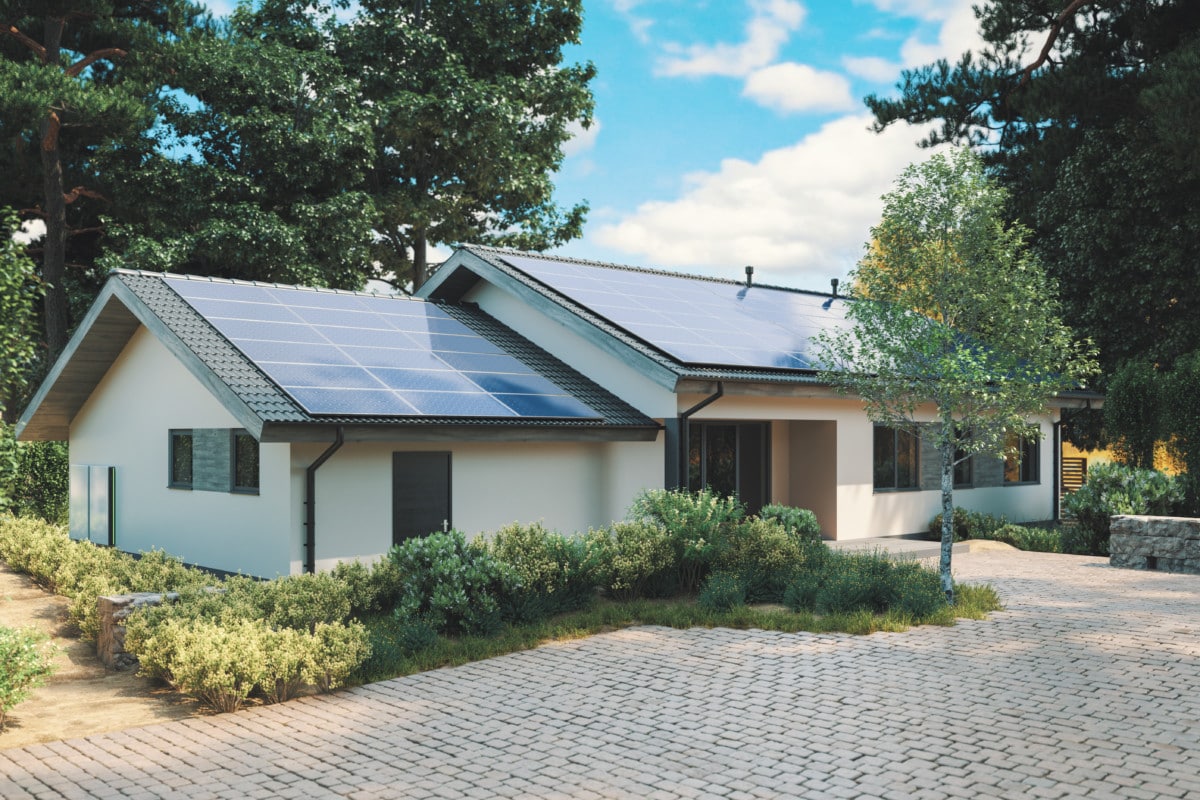
How many solar panels does it take to power a house?
Calculate how many solar panels your home needs by dividing your yearly electricity usage by your area’s production ratio, and then dividing that number by the wattage of your solar panels.
Here’s the formula that many professionals use to calculate a home’s solar system needs:
- Annual electricity usage ÷ production ratio ÷ panel wattage = # of panels
- Using nationwide averages: 11,000 kWh ÷ 1.6 ÷ 300 = 23 panels
On average, a 2,500 sq. ft. house will need between 20-25 solar panels to provide 100% of the home’s electricity needs. You can use this formula to calculate how many solar panels you need to power any size of home. “If you’re doing it yourself, run the calculations three times to be sure you know how many panels you need,” says Ryan Poppe from Colorado Property Group.
Let’s break these variables down to better understand the formula.
Annual electricity usage
Your annual electricity usage is the amount of electricity you use in your home in one year. This is usually measured in kilowatt-hours (kWh). The average U.S. household uses around 11,000 kWh every year.
Factors that can affect electricity use include:
- Appliances
- Heating
- Lighting
Production ratio
A solar panel system’s production ratio is the ratio of its estimated energy output over time (in kWh) to its actual system size (in kWh). A typical ratio is 1.4, or 14 kWh ÷ 10 kWh. Production ratios heavily depend on your local climate and sunlight hours – cloudier climates will have smaller energy outputs, while sunnier climates will have larger outputs.
Break these inputs down to determine how many solar panels you need to power your house.
Solar panel wattage
Panel wattage is the energy output of one solar panel under ideal conditions. Wattage is measured in watts (W), and most solar panels generate between 300-400 W of power. Some panels have a higher power rating, but are more expensive.
An experienced solar installation company will handle this process for you, including calculations, product selection, electricity needs, and solar compatibility. They also assess your roof to see if you require any specialized panel types or more powerful cells. Either way, this formula is here if you need it.
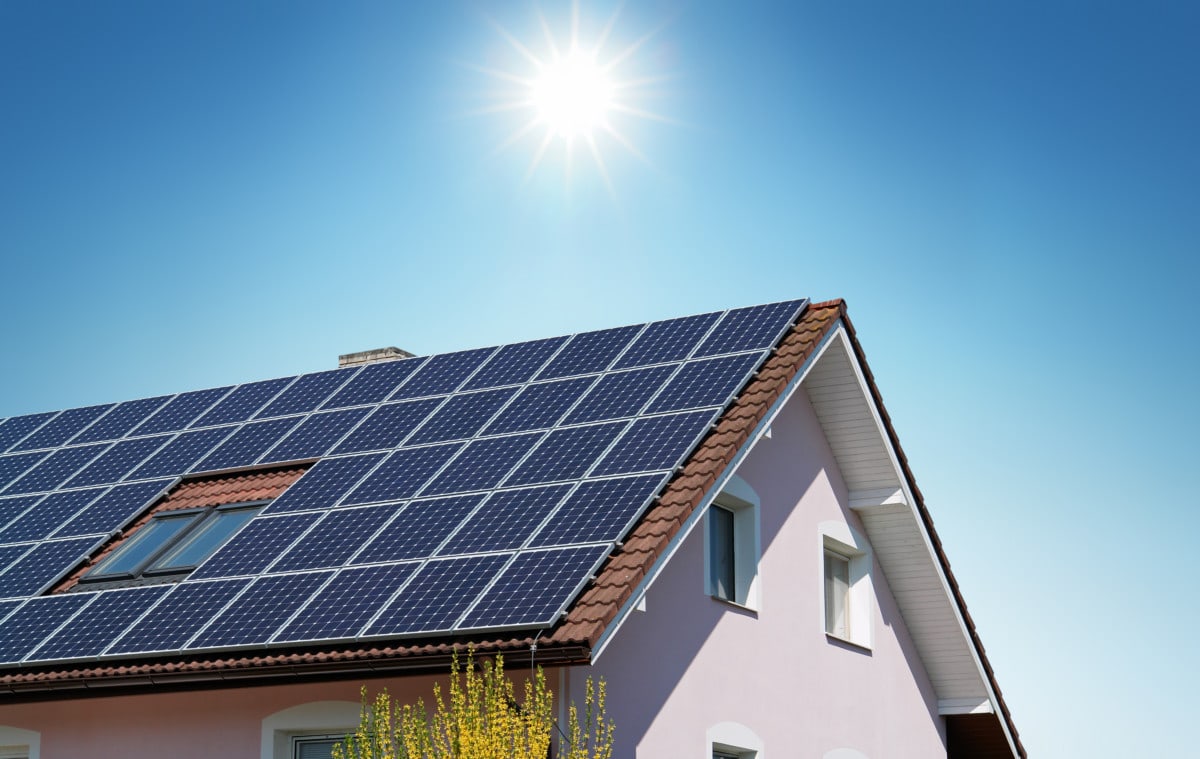
Renovating your home?
Find out what your home's worth, edit facts, and see the impact of home projects.
Other factors to consider before investing in solar
Renovating your home?
Investing in a solar system is a big commitment. Here are two additional factors to keep in mind before making the switch.
Panel cost
Solar panels can be an expensive initial investment; the average installation for a 10 kW system costs $20,020, which is enough to completely cover the electricity needs of most homes. Remember, if you live in a cloudy region, you will need more solar panels to generate the same amount of electricity compared to a sunny region.
The payback period for a solar system is typically around ten years, meaning energy savings and rebates will usually exceed the initial cost of installation within ten years. There are also numerous city, state, and federal tax credits for installing solar panels.
Solar panels also often come with either a product warranty or performance warranty, and sometimes both. These warranties typically last 10-25 years, depending on the manufacturer and installation company.
Connection to the power grid
Do you want to be tied to the power grid or not? Most homes with solar panels are still connected to the primary power grid. This offers many benefits, including being able to use electricity during bouts of bad weather, and receiving credits on excess power your system generates. However, if the primary power grid system fails, it triggers an automatic power shut-off in homes connected to the grid, including homes with solar panels. This prevents current from flowing to the broken or damaged line. This means that if your solar system is tied to the grid, you can’t generate electricity during a power outage.
Some people want the ability to disconnect from the power grid, or at least have the option to do so on command. You may want to do this in certain circumstances, like during a power outage. These are called off-grid or hybrid solar systems. This requires a larger investment, primarily for the large batteries and power converter. Batteries can cost between $200 and $15,000 depending on the size of your system. Talk with a professional to determine your budget and specific needs.
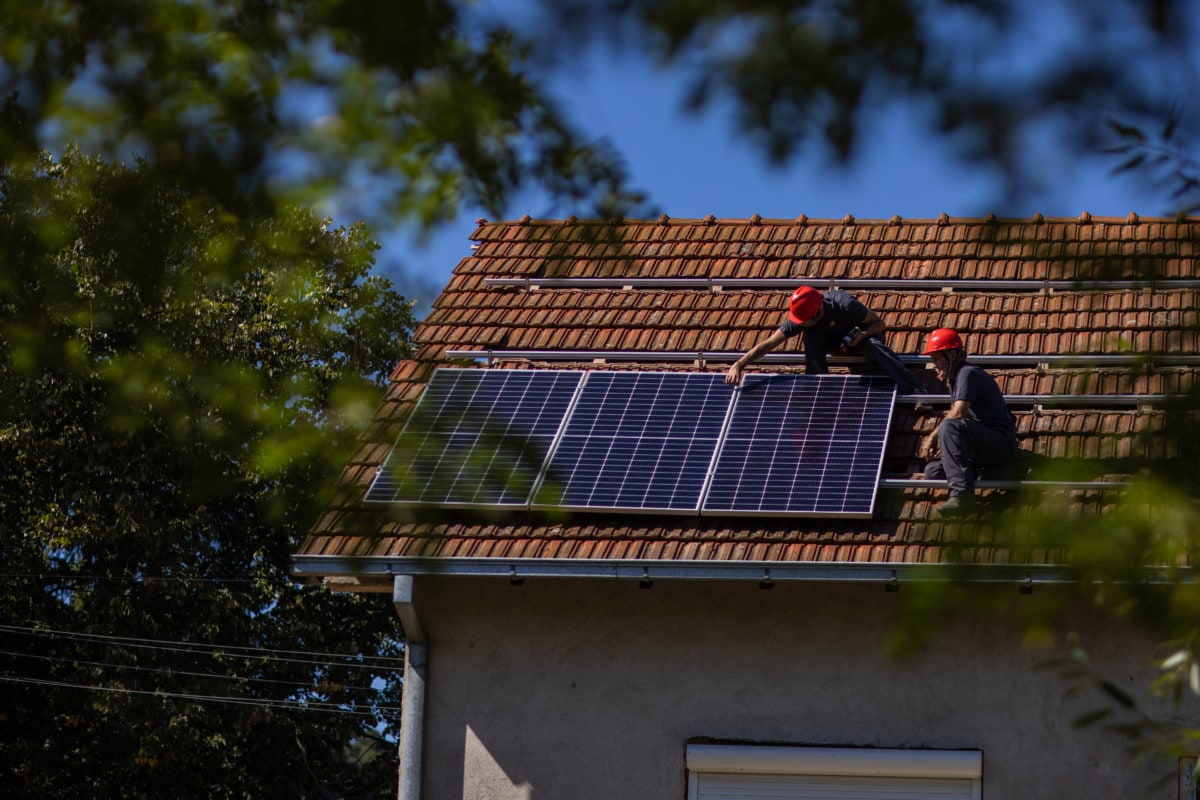
Are solar panels right for my house?
Before you invest in solar panels, there are three important factors to consider:
- Household energy consumption: Determine how much electricity your house uses. This way, you have an idea of how big your solar array will need to be. In 2021, the average annual electricity consumption for a U.S. residential utility customer was 10,632 kWh, an average of about 886 kWh per month. If your home uses more than the average, solar energy may not be able to cover your electricity needs.
- Roof space: The average size of a residential solar panel today is about 65 inches x 39 inches (5.4 ft. by 3.25 ft), although they can be much larger and smaller. If your home has a small or unusually-shaped roof, you may not be able to fit very many solar panels on it; some roofs may not be able to fit them at all.
- Hours of sunlight: Direct sunlight is critical; solar panels don’t function optimally in the shade. Take your local climate into account when deciding. For example, it takes fewer solar panels to generate the same amount of energy in a home in Fresno than it does in a house in Seattle, which receives an average of 226 cloudy days per year.
Depending on your power needs and roof size, you may need more panels than your roof can accommodate to entirely switch to solar energy. To meet electricity needs, you may need to invest in smaller, more energy-efficient panels if possible, or install a ground-mounted system. Make sure to thoroughly research your energy consumption, roof space, local climate, and budget before switching to solar.
How many solar panels to power a house: final thoughts
Figuring out how many solar panels you need to power a house can be complicated. If you want to remove most of the hassle, an experienced solar installation company will handle this whole process for you, including calculations, product selection, electricity needs, and solar compatibility. They will also assess your roof to see if you need any specialized panel types or more powerful cells. Using a company can be expensive, but could save you money down the road because of calculation errors.
Installing solar panels can be a great option to lower your carbon footprint and reduce your electric bills. Consider your needs and budget and decide if investing in solar is right for your home.
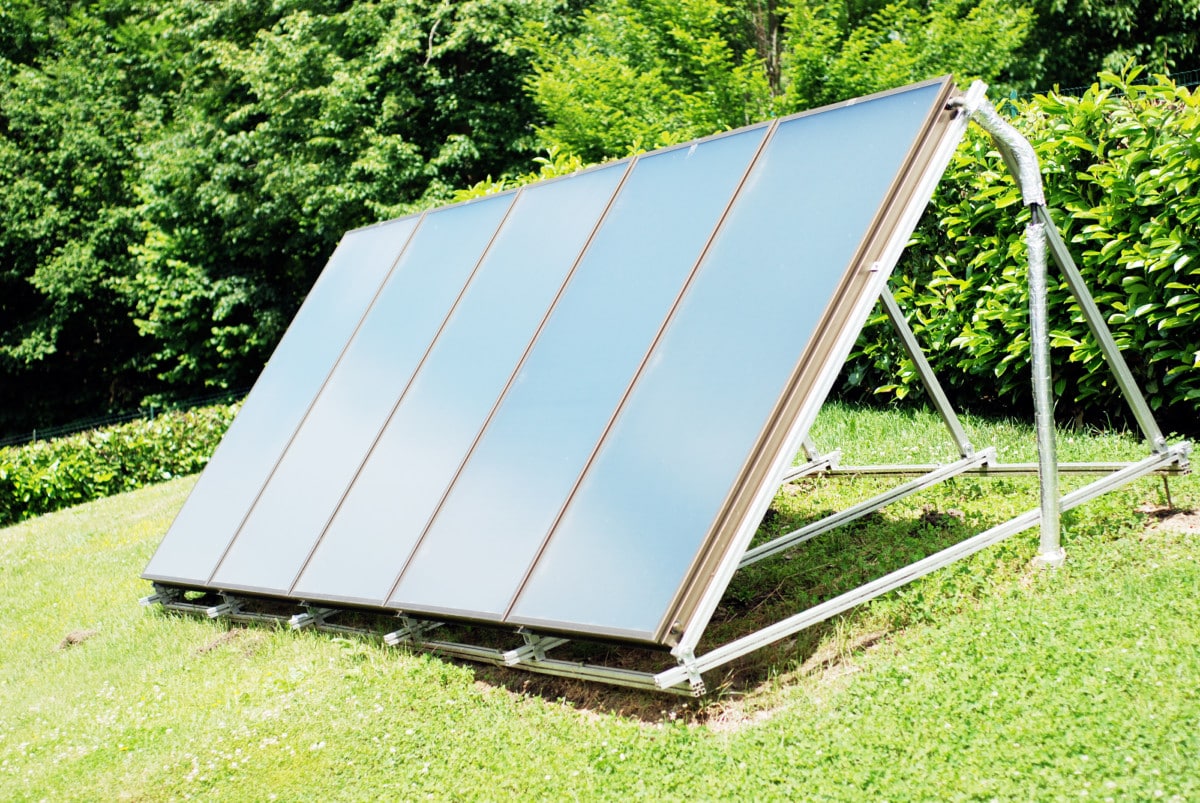
Looking to save money on your mortgage?
Frequently asked questions about solar panels
How many solar panels does the average house need?
The average house requires between 20-25 solar panels, depending on the home’s size, energy use, and local climate. Because solar panels can’t consistently generate electricity, it’s usually best to budget for 25% more generation and storage than you think you’ll need.
How many solar panels does it take to power a tiny house?
A typical tiny home needs around 15 solar panels to power it completely. However, most tiny homes can only fit a few solar panels on the roof. To compensate for the lack of roof space, you can install a ground-mounted solar array with solar panels lined up adjacent to the house. This option isn’t right for everyone, and requires significant outdoor space.
Can I run my house using only solar energy?
You can run your house using entirely solar energy, but it is a significant investment. Solar panels cost $2.86/W on average, and the total cost of an installation averages $20,000 for a 10 kW system (after accounting for the 30 percent federal solar tax credit).
Can I put too many solar panels on my house?
You can put as many solar panels on your roof as you want. However, there is a limit to how much energy you can generate and store if you use a grid-tied system. Check with your solar installation company or local electric company to learn more about your specific limits.
How to use solar panels during a power outage
Even if you are tied to the power grid, you can use solar panels during a power outage. Your system needs large-scale solar batteries and an inverter to convert D.C. power to A.C. power. Then, follow these steps:
- Disconnect the solar system from the grid
- Flip solar power breakers to “on”
- Wait for solar power to begin flowing through the inverter
- The system should become operational after a short period
Keep in mind that some HOAs and local ordinances in some areas don’t allow homeowners to detach from the power grid.
Redfin does not provide financial or environmental advice. Individual energy needs, use, and capabilities may vary. Always consult a professional and take your individual circumstances into account before installing solar panels.










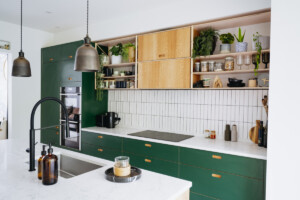
















 United States
United States Canada
Canada